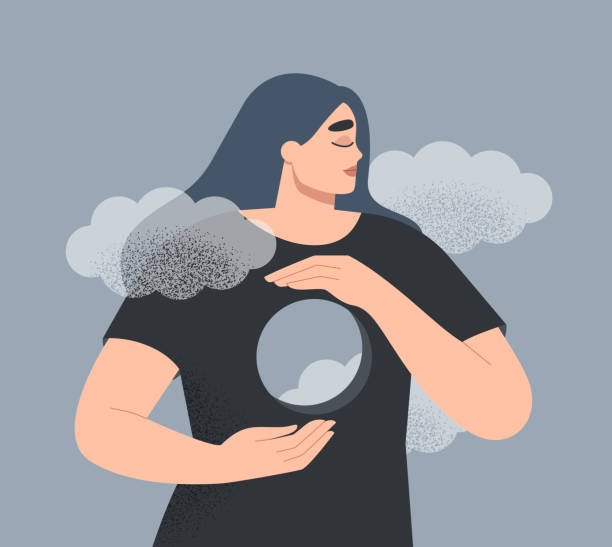Trauma can often leave individuals feeling isolated and misunderstood. However, one of the most powerful tools in the recovery process is connection. By uniting with others who have faced similar experiences, we can find strength, understanding, and a renewed sense of hope. In her compelling book, Trauma: Surviving and Thriving, Iram Gilani explores the profound impact of connection in overcoming trauma and offers invaluable insights into the journey of healing.
Understanding Trauma and Its Effects
Trauma affects everyone differently, manifesting in various forms such as emotional, physical, or psychological pain. It can result from numerous sources, including personal loss, abuse, or major life changes. The aftermath often leaves individuals feeling isolated, anxious, and overwhelmed. Healing from trauma requires more than just time; it requires a supportive network and a sense of community.
The Importance of Connection in Healing
Connection is a cornerstone of recovery. By sharing our experiences and listening to the stories of others, we realize we are not alone. This sense of belonging can significantly reduce feelings of isolation and helplessness. When we connect with others who understand our struggles, we foster empathy, validation, and support, which are crucial for healing.
Iram Gilani’s Trauma: A Guide to Connection and Recovery
In Trauma: Surviving and Thriving, Iram Gilani delves into her own experiences with trauma and the paths she took to overcome it. Through her book, Gilani not only shares her story but also provides practical advice for others on their journey to recovery. She emphasizes the power of community and the transformative effect of connecting with others who have faced similar challenges.

Practical Steps to Build Connections and Overcome Trauma
- Join Support Groups: Finding and participating in support groups can provide a safe space to share your experiences and listen to others. These groups foster a sense of community and understanding.
- Engage in Community Activities: Participating in local events or online communities can help you meet new people and build supportive relationships. Being part of a community can significantly enhance your sense of belonging and support.
- Seek Professional Guidance: Therapists and counselors can offer professional support and connect you with resources and groups that can aid your recovery.
- Share Your Story: Whether through writing, speaking, or other forms of expression, sharing your story can be empowering and help others feel less alone in their experiences.
- Support Trauma-Informed Initiatives: Get involved in or support initiatives that raise awareness about trauma and promote understanding and empathy within your community.
The Role of Storytelling in Healing
Storytelling is a powerful tool in the healing process. By sharing our experiences, we not only validate our own feelings but also create a space for others to do the same. Iram Gilani’s Trauma is a prime example of how personal narratives can inspire and support others on their journey to recovery. Through her book, readers find not just a story of survival but also a beacon of hope and a guide to finding their own path to healing.
Moving Forward Together
Recovery from trauma is a challenging journey, but it is one that can be significantly eased through connection and community. By uniting with others and building a network of support, we can overcome the barriers that trauma places before us. Iram Gilani’s Trauma: Surviving and Thriving is an essential resource for anyone looking to navigate their path to recovery through the power of connection.
Iram Gilani
Author | Speaker | Mentor
Book: Invisible Tears
www.IramGilani.com
Contact@IramGilani.com











